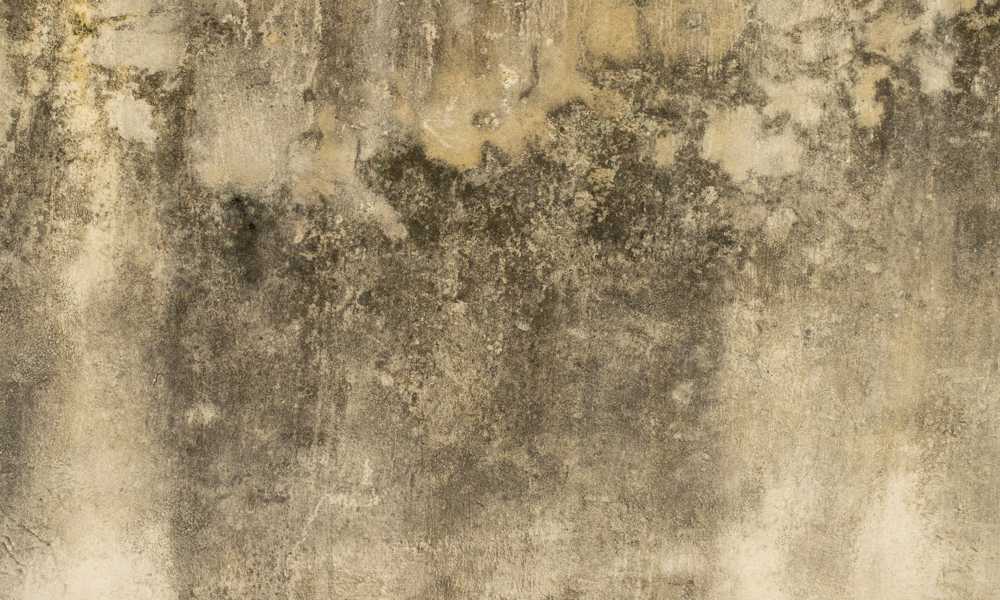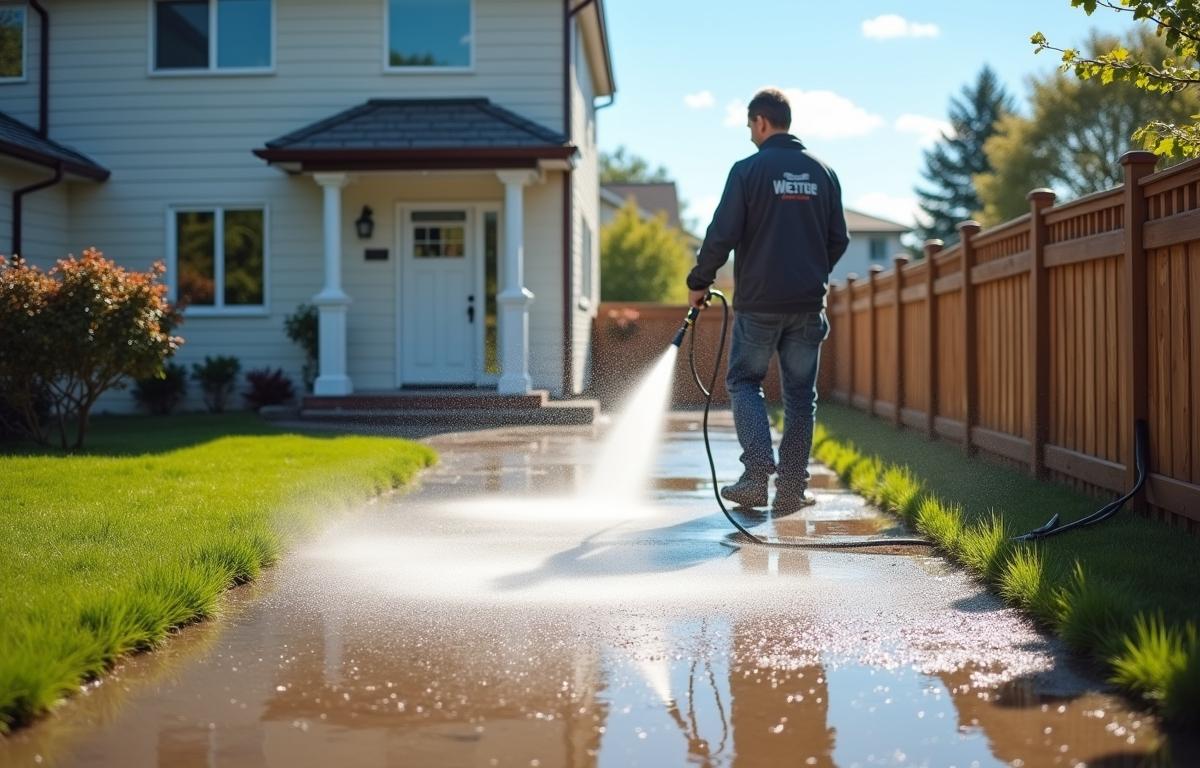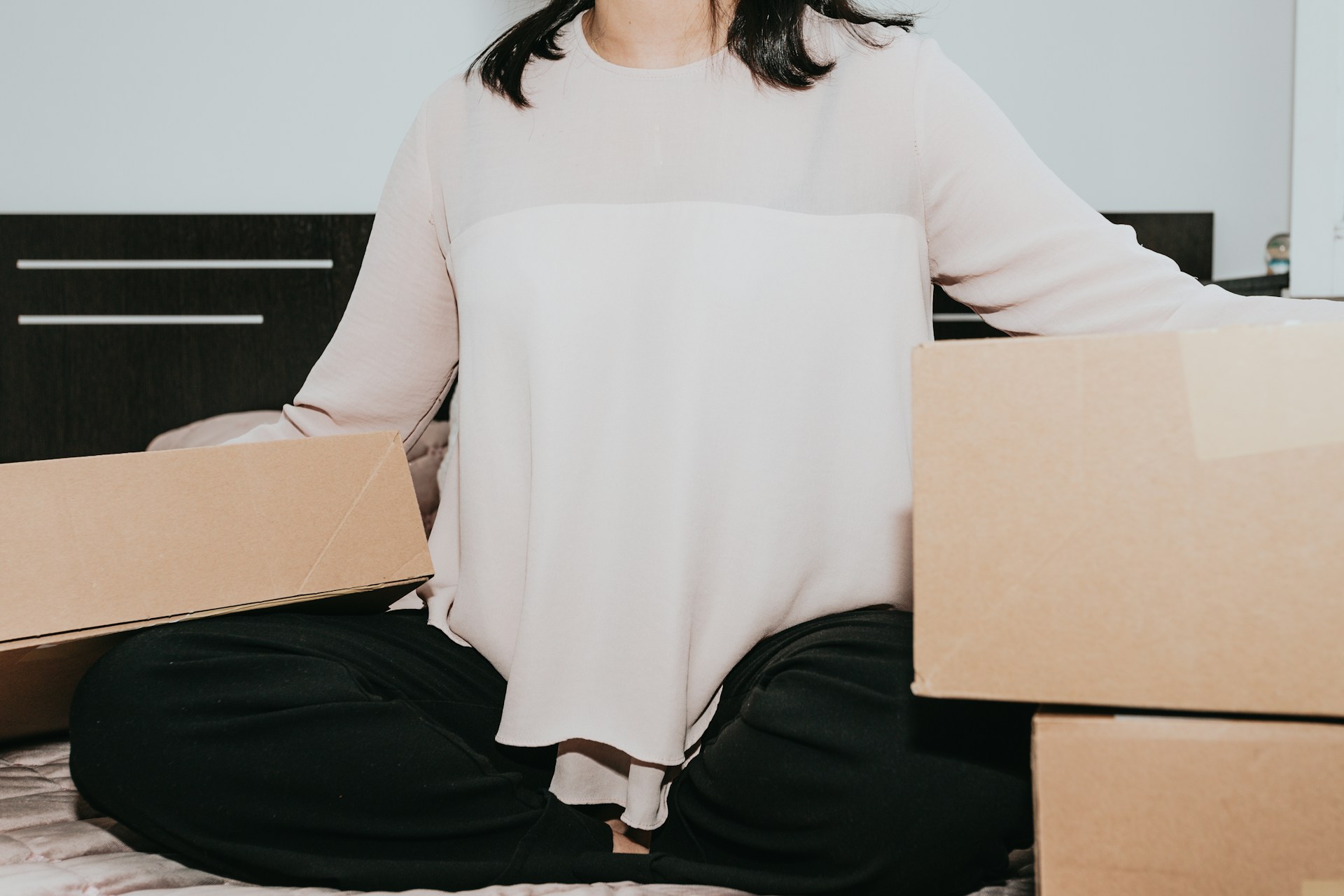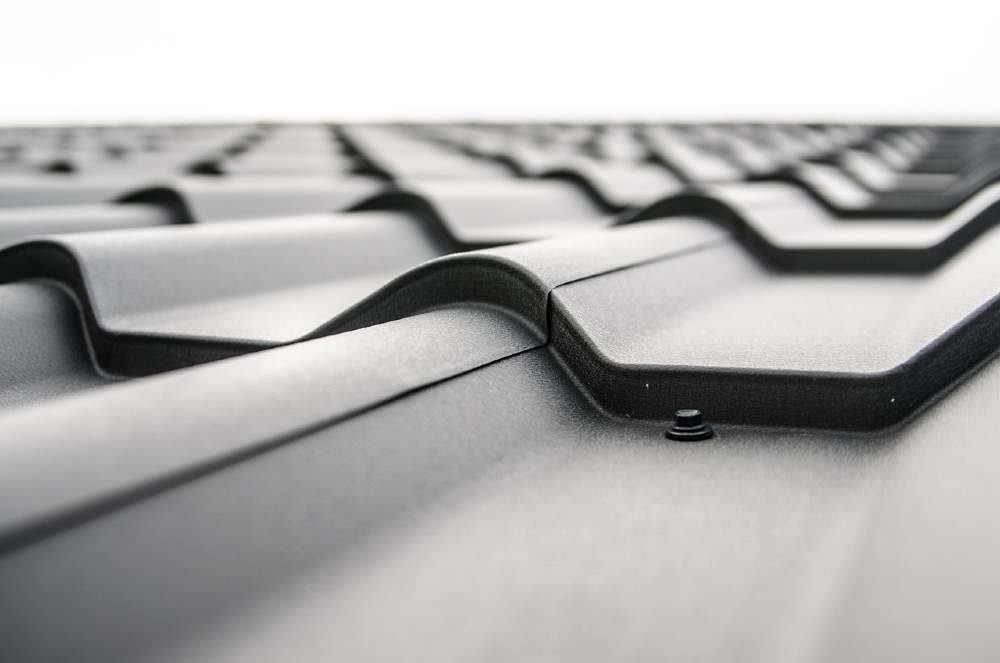Mold can be a serious problem in any home or business, impacting both health and structural integrity if left unaddressed. If you’ve taken the first step by scheduling a mold test, you might be wondering what comes next. This guide will walk you through the key stages following mold testing, helping you understand the remediation process and what to expect along the way.
Understanding the Results of Mold Testing
Once the testing is complete, you’ll receive a detailed report outlining the findings. This report will include:
- Types of mold detected – Some species of mold are more harmful than others, so it’s important to know what’s present.
- Location of mold growth – Mold isn’t always visible; testing often reveals hidden colonies in walls, ceilings, or HVAC systems.
- Concentration levels – Mold spore counts indicate the severity of the problem and help determine the urgency of remediation.
The report serves as a blueprint for tackling the issue, ensuring a targeted approach to remediation. Professional mold testing in Pittsburgh, PA, often include expert guidance to help you interpret the results and decide on the next steps.
Developing a Remediation Plan
Based on the testing results, a remediation plan is created. This plan outlines how to eliminate mold safely and effectively, preventing further spread or recurrence. Key components of a remediation plan typically include:
- Containment measures – To stop mold spores from spreading to unaffected areas.
- Removal strategies – Detailing which materials (like drywall or carpeting) may need to be discarded.
- Cleaning and sanitization – Using specialized products to kill remaining spores and disinfect surfaces.
- Repairs and restoration – Addressing any structural damage caused by the mold.
The plan is tailored to the specific findings of your mold test, ensuring the remediation process is thorough and effective.
The Mold Remediation Process: Step by Step
Remediation involves several stages, each designed to address the problem at its root. Here’s how the process typically unfolds:
1. Containment and Safety Protocols
The first step is isolating the affected area to prevent the mold from spreading. This often involves sealing off the space with plastic sheeting and using negative air pressure machines. Professionals will also wear protective gear, including masks and gloves, to ensure safety.
2. Removal of Contaminated Materials
Porous materials like drywall, insulation, or carpeting that are heavily infested with mold are often removed and discarded. These materials can trap mold spores deep within, making them difficult to clean thoroughly.
3. Cleaning and Disinfecting
Non-porous and semi-porous surfaces, such as concrete or metal, are cleaned using specialized antimicrobial products. High-efficiency particulate air (HEPA) vacuums may also be used to capture loose spores from surfaces and the air.
4. Drying and Dehumidification
Since mold thrives in damp conditions, it’s crucial to dry out the affected area completely. Industrial dehumidifiers and air movers are commonly used to remove excess moisture and create an environment that discourages future mold growth.
5. Repairs and Restoration
Finally, any damaged structures or materials are repaired or replaced. This could include installing new drywall, repainting walls, or even improving ventilation systems to prevent moisture buildup.
Preventing Mold from Returning
Once remediation is complete, it’s vital to take steps to keep mold at bay. Prevention involves managing moisture levels in your property and addressing potential problem areas before they become serious. Here are five effective strategies:
- Fix leaks promptly – Whether it’s a plumbing issue or a leaky roof, addressing water problems quickly can stop mold before it starts.
- Use dehumidifiers – Maintaining indoor humidity below 60% helps create an environment where mold can’t thrive.
- Improve ventilation – Ensure bathrooms, kitchens, and laundry rooms are well-ventilated to reduce moisture buildup.
- Inspect regularly – Check hidden areas like basements, attics, and behind appliances for signs of mold or dampness.
- Clean routinely – Regularly clean and disinfect surfaces, particularly in high-moisture areas, to prevent mold growth.
Working with Professionals: Why It Matters
While minor mold issues can sometimes be handled with DIY methods, professional remediation is essential for larger or more toxic infestations. Mold experts have the training, equipment, and experience to eliminate mold safely and thoroughly.
Professionals also provide peace of mind by addressing the root cause of the problem, not just the symptoms. From ensuring proper containment to using advanced cleaning techniques, they take the guesswork out of remediation and reduce the risk of recurrence.
Moving Forward with Confidence
Tackling mold can feel overwhelming, but taking it step by step makes the process manageable. Mold testing provides the clarity you need to act, and a well-executed remediation plan ensures your property is safe and healthy moving forward. By addressing the problem promptly and investing in prevention, you can protect both your home and your well-being.




